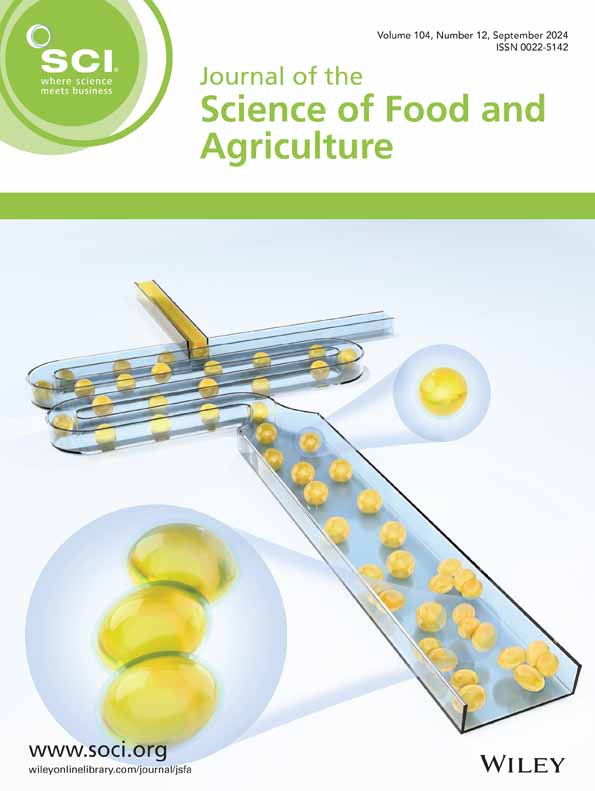Bovine collagen peptides and peptide–calcium complexes inhibit RANKL-induced osteoclast differentiation in RAW 264.7 macrophages
Abstract
BACKGROUND
This study aims to prepare collagen peptides from bovine bone meal using a combination of heat pretreatment and enzymatic digestion, and to chelate them with calcium chloride to form peptide–calcium chelates. The effects of both on the proliferation and differentiation of osteoclasts were investigated using cellular experiments (RAW 264.7 cells).
RESULTS
Both bovine collagen peptides and their calcium chelates (BPs, HBPs, BPs–Ca, and HBPs–Ca) can significantly inhibit the RANKL-induced differentiation of RAW 264.7 cells into osteoclasts. The preheating treatment before enzymatic hydrolysis of bone materials has an improving effect on the inhibition of RAW 264.7 differentiation into osteoblasts by collagen peptides and their peptide calcium chelates. HBP and HBPs–Ca could significantly activate the NF-κB signaling pathway, among which HBPs–Ca was the most effective, which could significantly downregulate the mRNA expression of genes related to osteoclast differentiation, such as AP-1, c-Fos, TRAP, and NFATc1. Additionally, the expression of NF-κB p65, c-Fos, IKK and IκBα were also significantly inhibited after treatment with HBPs–Ca, with IKK being the most significantly downregulated, with an 8.2-fold reduction compared to the control group.
CONCLUSION
HBPs and HBPs–Ca demonstrated stronger activity in inhibiting osteoclast formation compared to BPs and BPs–Ca. This enhanced activity is likely due to structural changes in the peptides caused by heat treatment, which increase their antioxidant properties and antagonistic effects on RANKL. These findings indicate that bovine collagen peptides and their calcium chelates can inhibit the formation of osteoclasts by activating the NF-κB pathway, thereby influencing bone metabolism and providing a theoretical basis for the treatment of osteoporosis. © 2025 Society of Chemical Industry.

 求助内容:
求助内容: 应助结果提醒方式:
应助结果提醒方式:


